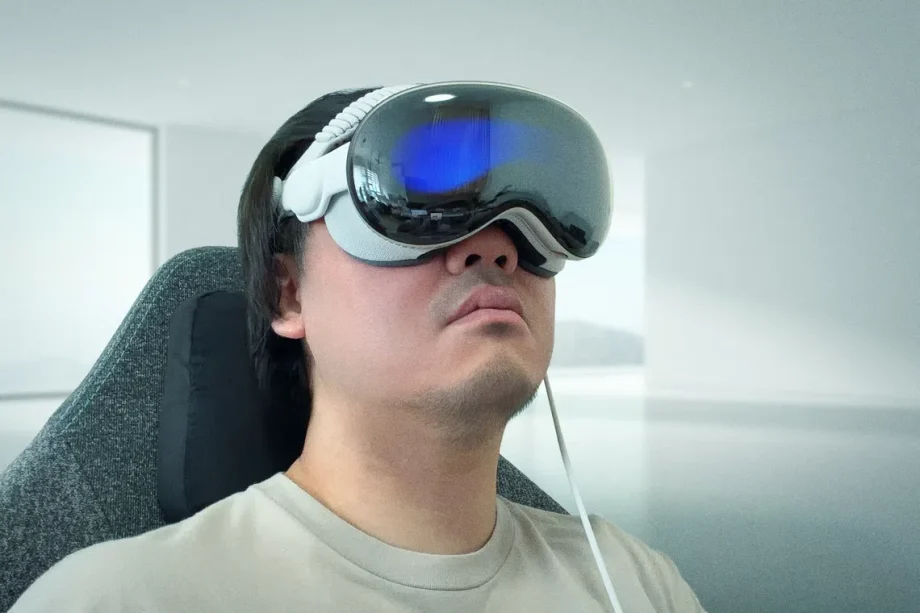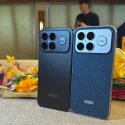The Vision Pro is one of the most interesting and cutting-edge pieces of tech I’ve had the chance to review in my nearly 20 years in the business. The experience of using it is unlike anything else. It genuinely feels like it could be the future of computing, and my Editor-in-Chief can attest to that as well. However, it was let down by two issues: comfort and price. Happily, Apple has recently updated the Vision Pro with a new headband that hopefully makes it more comfortable to wear. Unfortunately, the price remains unchanged. I suppose fixing one out of two issues is better than nothing.

The new Vision Pro looks just like the old one, but only better. Read on to find out why.
Photo: HWZ
Note: If you are new to the Vision Pro, I urge you to read my initial review, where I cover how it works and what it does. Since this is a spec bump update and the user experience is largely the same, I’ll only cover what’s new and its implications for the user experience.
Second note: Screenshots look blurry because the Vision Pro uses a rendering technique called foveated rendering. Essentially, to reduce workloads, it only renders the pixels that you are looking at. Consequently, only a single part of a screenshot appears sharp. Also, because of the way Vision Pro renders, it’s almost impossible to take a perfectly straight screenshot (as reported previously, too). That’s why the screenshots you see are tilted. You’ll also notice there are no examples of content from Apple TV+ or Disney+ being played, and that’s because of DRM (digital rights management) preventing such actions. If you take a screenshot when a show or movie is playing, you end up with a black screen.
What’s new & how has it improved the experience?

The biggest physical change to the Vision Pro is the new Dual Knit Band.
Photo: HWZ
There are three changes to the Vision Pro. The first, as I mentioned, is a new headband which Apple calls the Dual Knit Band. The other is the M5 chip that now powers the headset. Finally, the micro-OLED display system now has 10% more pixels and supports 120Hz refresh rates.
I’ve written about the new M5 chip in greater detail in my review of the new iPad Pro, so I won’t repeat myself here. To put it briefly, it’s built using a third-generation 3nm process and has updated CPUs and GPUs. The GPUs have upgraded shader cores, and each core is now paired with a neural accelerator that accelerates AI workloads. CPU performance is generally up by about 15%, while GPU performance sees a bigger bump by around 30%. In other words, it’s another very impressive chip from Apple.

The fit dial is interesting. In its default position, it adjusts the back strap. Pull it out, and it adjusts the top strap!
Photo: HWZ
The faster chip, along with the displays’ higher refresh rates, appears to make eye-tracking noticeably quicker. The whole experience generally feels snappier, too. Apps launch faster, loading times are shorter, and everything feels more fluid. It’s not a day and night difference, but it is noticeable. And because everything feels smoother and more natural, motion sickness, which was a big issue for me with the first-generation Vision Pro, is now less of a problem. I did not notice the 10% increase in pixels, which was to be expected given the already high resolution per eye.
The M5 chip is also more efficient, so the Vision Pro now lasts longer on its battery pack, whose capacity is unchanged. Apple claims battery life has increased by around 30 minutes. This means up to 2.5 hours with general use and up to 3 hours when watching videos. This is a nice bump in battery life, though I wonder how many people could bear to wear the Vision Pro for over 2.5 hours at a stretch.











